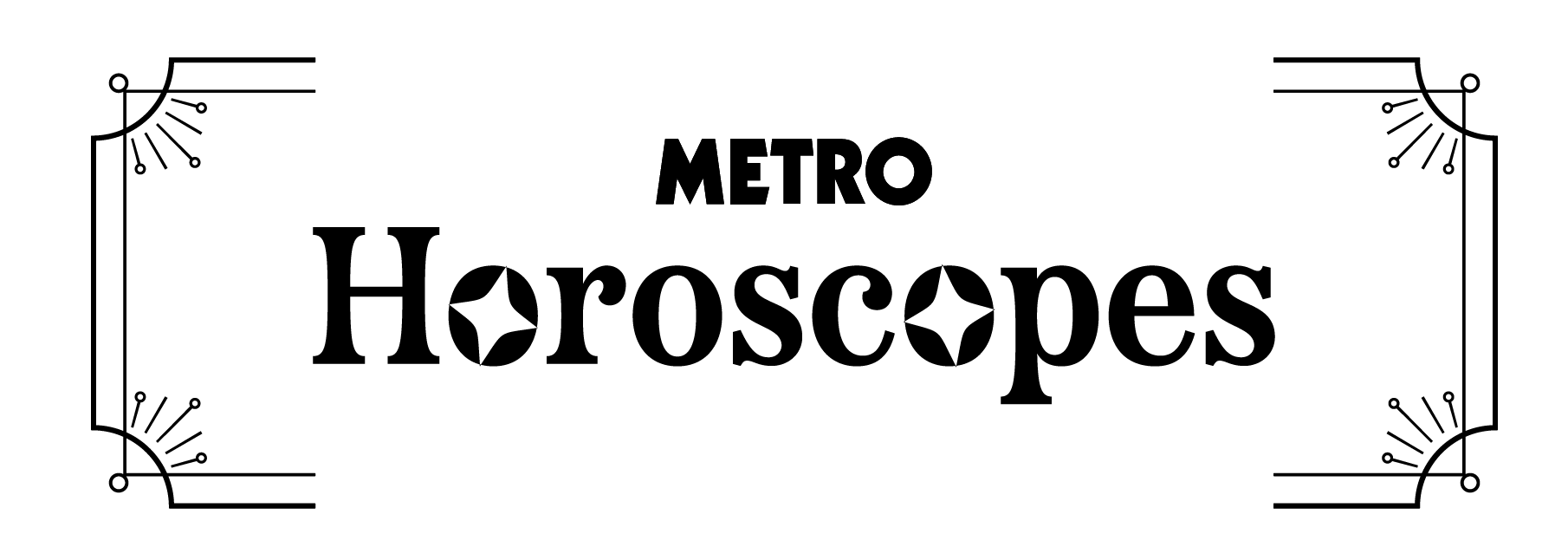As a kid, did you ever play Top Trumps?
The game was simple. Each deck was based on an element of pop culture and every card had a number of attributes (like age, strength, skills) and you had to compare these values to try to trump and win an opponent’s card.
The highest value won. Harmless fun, right?
It should be, but I’ve come to realise that being Disabled means life itself feels like a game of Top Trumps – and I’ve never had the highest value.
As someone born with a genetic condition (Brittle Bones) not only did I come into the world with a diagnosis, I was also given a label, ‘Disabled’ – a word that comes with stereotypes, often mistaken as a life without joy or success.
A life where ableism has dictated everything from my safety to my ability to live independently.
I know that I probably always will play second fiddle to my non-Disabled peers. In short, the world isn’t designed for people like me.
But this discrimination goes much deeper than the simple hierarchy of society that appears to rank non-Disabled people above Disabled people.
There is, sadly, a hierarchy that is much more taboo and much less discussed – a hierarchy of Disability.
The idea that some forms of Disabilities are more acceptable, more palatable than others.
For example, when most people think of Disability, they picture a wheelchair user.
Therefore, ‘Disability access’ to them starts and ends with a ramp and a lift.
In fact, wheelchair users like me are estimated to only make up eight percent of the 16million Disabled people in the UK.
So ramps are all well and good, but about the rest of my community?
The hierarchy is revealed in the stark differences in accessibility depending on location.
I recently moved out of London to Lancashire and now as a manual and powerchair user I am feeling the impact of those disparities
In the capital, I could easily travel in an accessible black cab, but up north none of my local cab providers have accessible vehicles.
One of the main reasons for the Disability hierarchy is that people simply don’t understand how big the Disability community is, and the complex nuances contained within it.
As Disabled people, our impairments range from physical, limb or facial differences, communication disorders, sensory and cognitive and mental health to name but a few.
Yet despite the multifaceted nature, too often we are all grouped together under the same umbrella term.
But we are not the same, and that has real world consequences.
For example, the Equality Act of 2010 stipulates that some organisations and public buildings must make ‘reasonable adjustments’ for Disabled people.
But what is reasonable for one person may not work for another.
And when that isn’t properly acknowledged, society ends up separating people by Disabilities that are considered acceptable.
In my experience, forms of Disability that are seen as more acceptable are those with hidden or invisible conditions, those who can mask and cover their impairment, or those who can work or live independently with little external support.
These individuals are lauded as ‘inspirational’, while those who are on benefits, need caregivers, are incontinent, or breathing or feeding tubes and ventilators, often feel invisible.
But discussing this is seen as taboo, in the Disabled and enabled communities.
Most non-Disabled people don’t like to be told that they are cherry-picking what type of Disabilities they most feel comfortable with, while some Disabled people tend not to recognise that it exists.
With the latter group, I understand the reluctance, because once we start to actually have honest conversation about needs, we could realise we are doing ourselves a disservice in a world that already doesn’t give us the bare minimum.
For example, if you are Disabled but your impairment doesn’t impact your ability to walk or talk, the world will likely be far easier for you than other Disabled people.
Or if you are a manual chair user rather than a powerchair user, public services will be so much easier to navigate.
I’ve seen it too when I’ve been asked to comment on things like car parking provisions for wheelchair users – it can feel like we are focussing on one section of the diverse Disability community, while ignoring the elephant in the room that an ableist society, and the Disability hierarchy, is stopping people from getting the help they need and deserve.
Because life isn’t a game of Top Trumps, and no matter what your impairment looks and feels like we should all have access to an equal and equitable world.
Those of us with ‘acceptable’ Disabilities shouldn’t have to feel guilty that the world as it is benefits us more than other Disabled people. What we should do, however, as Disabled people, is amplify the voices of others in our community.
The Disability hierarchy will always exist, until more of us up and advocate and create awareness for our community as a whole, not just those who are more palatable.
More from Metro
That way, we can end this game for good.
Do you have a story you’d like to share? Get in touch by emailing [email protected].
Share your views in the comments below.
MORE : I earn £1,568 a month but rely on benefits – even they’re not enough
MORE : An election looms, but can we trust the process?
MORE : After cutting her off, I don’t know if my mum is alive or dead. I’m OK with that
Sign up to our guide to what’s on in London, trusted reviews, brilliant offers and competitions. London’s best bits in your inbox









Share this with